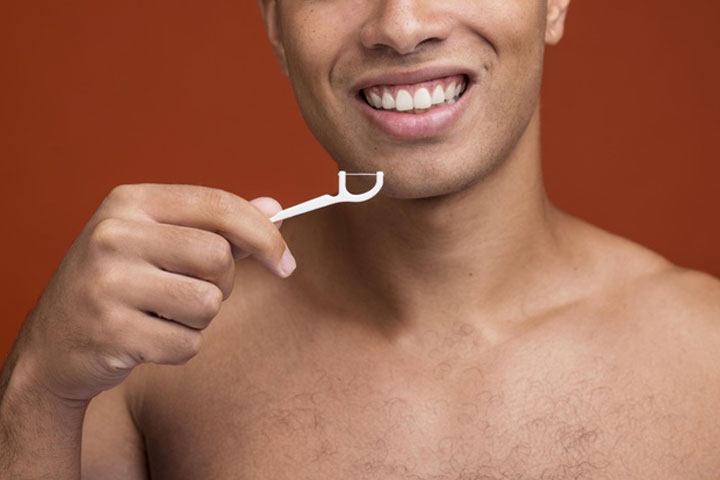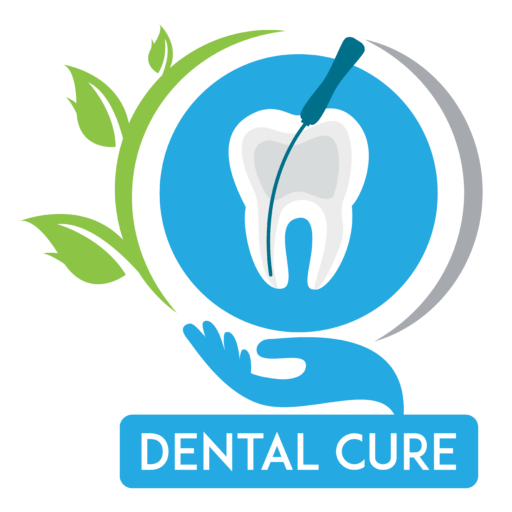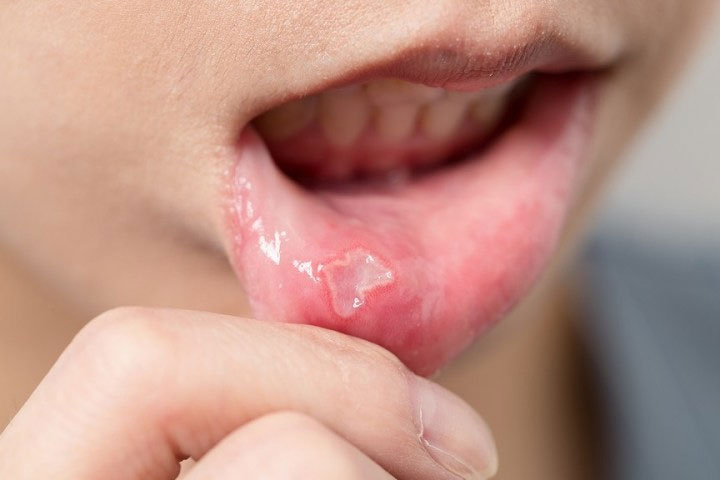
How to Use Floss
Dental floss is a thin, soft thread made of nylon or plastic which removes food and plaque from between your teeth.
Why to floss
Dental floss helps to prevent gum disease by getting rid of pieces of food and plaque from between your teeth – areas where your toothbrush cannot reach. Plaque is a sticky substance made of bacteria. If it builds up, the bacteria can irritate the gums and cause inflammation (swelling).
Types of floss
- Waxed or non waxed
- Floride coated floss or non floride coated floss – not easily available in India.
- With holder or without holder
- Flat or rounded
- Braided or non braided
- In most instances, waxed floss can be used effectively.
- In order for dental floss to effectively remove plaque from your teeth, you need to be sure you are using the correct technique

Flossing
1. Cut around 8-10 inches of Floss
Flossing
2. Wrap ends of the Floss Around your finger
FLossing
3. Hold the floss between your thumbs and forefingers of both hands.
FLossing
4. Gently work the floss in between your teeth.
FLossing
5. When you reach the gum line, curve into a “C” shape around the tooth, making sure to go below the gum line.
FLossing
6. Gently glide the floss up and down several times between each tooth, including the back sides of your back teeth.
FLossing
7. Pull the floss against the tooth while flossing.
FLossing
8. Unwind new floss from one hand to the other as you go, so that you are flossing with a fresh pieceof floss.
FLossing
9. Floss holders, small Y-shaped devices that hold floss are also available – for those who aren’t coordinated enough to handle traditional floss.
The 7 Most Common Flossing Mistakes
- Never Flossing: It is surprising how many people never floss! Flossing is every bit as important as brushing. Although it is true some people live a lifetime without flossing and still manage to keep their teeth, the average person will begin to lose teeth in mid to later life to gum disease unless they floss.
- Not flossing often enough: To be effective, flossing should be done daily. Missing a day or two is no major disaster, but calculus (tartar) can begin to form in as few as two to four days.
- Not removing plaque with the floss: Some people have the misguided notion that floss is primarily to remove food particles. If meat gets caught, they use floss to get it out. Although floss works well to remove food, its primary function is to remove plaque, the invisible film of bacteria that is constantly forming on and in between teeth. Instead of merely popping the floss between the teeth to loosen food, the floss should be used to scrape the tooth surface clean of plaque.
- Not flossing both teeth: Every time you pop the floss between two teeth, you must floss both teeth individually. In other words, first, you must push against one tooth, then pull against the other tooth. It is not effective to quickly pop the floss in and out of each space.
- Not flossing underneath the gum line: The floss should be gently placed all the way under the gum (it shouldn’t hurt) since the gum line is the most important area to clean.
- Not flossing with sufficient pressure: It takes a fair amount of scraping to dislodge plaque. The floss should be pressed firmly against the tooth surface and scraped up and down along the long axis of the tooth (not back and forth as if one were shining shoes with a buff cloth). If you are pressing hard enough you will hear a squeaking sound. That’s good – you’re getting the tooth ‘squeaky clean’.
- Not flossing long enough: To do a thorough job, you should count about ten up and down strokes on each tooth. These can be rapid short strokes and won’t take longer than a couple of seconds per tooth. But since most people have about 28 teeth, it would take most people no less than two minutes to do a good job. Two minutes is a long time – but the reward of investing those two minutes each day is a healthy, clean set of teeth that will last a lifetime.



